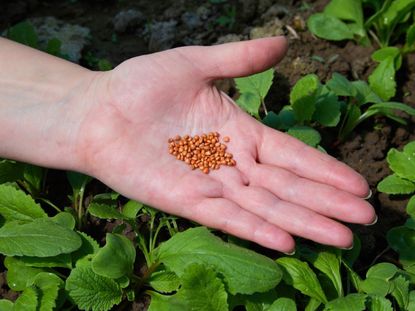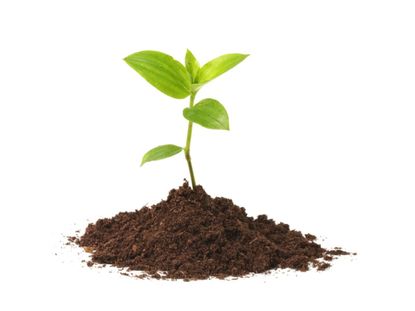Seeds
Growing gardens normally begin with garden seeds. For this reason, it helps to know more about the different types of seeds, how to start your garden seeds, and caring for seedlings once they’ve germinated. Using the following seed starting info, you can find tips on starting seeds indoors and out, mediums for starting seeds, tips for improving germination and so much more. Before you dive into your gardening projects, check out this informative section to find exactly what you need.
-
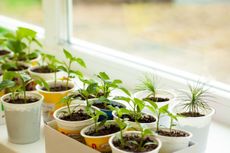
Best Place To Start Seeds Indoors - Warm And Sunny Spots To Start Seeds
The best way to start seeds depends upon a lot of factors: temperature, time of year, humidity levels, light, plant medium, variety. Read on to learn the best places to start seeds.
By Bonnie L. Grant
-
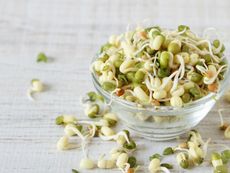
Seeds For Growing Sprouts - What Seeds Make Good Sprouts For Salads
Did you know that you can use many different kinds of seeds for growing sprouts? Read on to learn about growing seeds for salad sprouts.
By Laura Miller
-
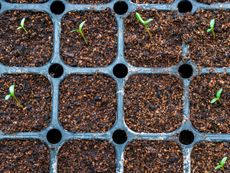
Seedling Heat Mats: How To Use A Heat Mat For Plants
What is a heat mat for plants, and exactly what does it do? The one basic function of a heat mat is to gently warm the soil, thus promoting faster germination and strong, healthy seedlings. For more information and to learn just how to use a heat mat to start seeds, click here.
By Mary H. Dyer
-
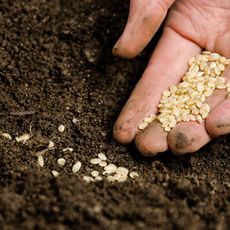
Organic Seed Information: Using Organic Garden Seeds
Did you ever wonder what constitutes an organic plant? The USDA has a set of guidelines for this. Read here for a guide to true organic seed gardening so you are armed with information to protect you and your family.
By Bonnie L. Grant
-
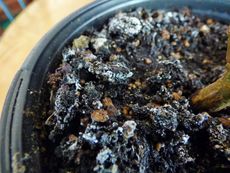
Fungus Control When Seed Starting: Tips On Controlling Fungus In Seed Trays
Depending on the type of fungal disease, seedlings may take on a twisted or water-soaked appearance, sometimes with fuzzy mold on the surface of the soil. Click here to learn about fungus in seed trays and tips for fungus control when seed starting.
By Mary H. Dyer
-
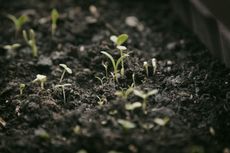
Plants And Light: Do Seedling Plants Need Darkness To Grow
Do seedling plants need darkness to grow or is light preferable? Plants and light have a very close relationship, and sometimes a plant's growth, and even germination, can only be triggered by extra light. Click here to learn more.
By Liz Baessler
-
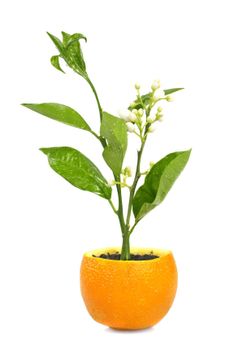
Seedlings In Citrus Peels: How To Use Citrus Rinds As A Starter Pot
If you find yourself with a plethora of citrus rinds, you may be wondering if there are any beneficial or ingenious ways to use citrus rinds. The amazing aromatic power of citrus aside, did you know you can grow seedlings in citrus peels? Click here to learn more.
By Amy Grant
-
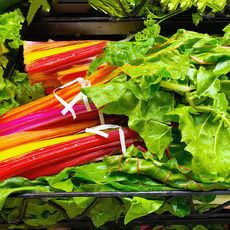
Growing Five-Color Silverbeet, Rainbow Chard
You know the saying “everything old is new again,†especially if you haunt the local farmer’s market, but even the grocer has started stocking produce that may be less familiar to us. One example of this is chard, specifically Rainbow chard plants.
By Amy Grant
-
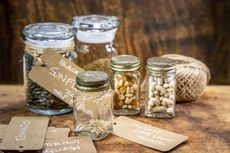
Seed Storage Containers – Learn About Storing Seeds In Containers
Storing seeds in containers allows you to keep them safely organized until they are ready to be planted in spring. What makes good seed storage containers? Chances are you probably have several of these already lying around the house somewhere. Click here to learn more.
By Mary H. Dyer
-
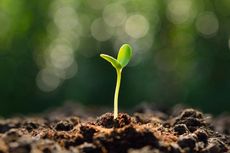
Sprout Identification Guide: How To Tell Seedlings From Weeds
How can you identify seedlings without mistaking them for weeds? Even for the most seasoned gardeners, this can sometimes be tricky. Learning to identify veggie seedlings is vital for your garden. Click here for some tips and tricks that can help.
By Mary Ellen Ellis
-
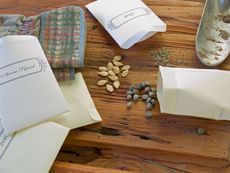
Community Seed Swap Ideas: Learn How To Plan A Seed Swap
Hosting a seed swap provides an opportunity to share seeds from heirloom plants or tried and true favorites with other gardeners in your community. You may even save a little money. How to organize a seed swap? Click this article for seed swap ideas.
By Mary H. Dyer
-
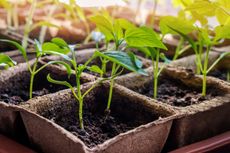
How To Save Seedlings – Troubleshooting Common Seedling Issues
One of the biggest thrills of gardening is watching the seeds you plant turn into little seedlings a week or so later. But seedling issues can cause those new, little shoots to die. Why did my seedling die, you ask? Find out in this article.
By Teo Spengler
-
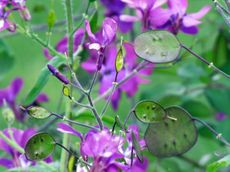
Attractive Seed Pod Plants: Growing Plants That Have Pretty Seeds
In the garden we plant colorful flowers and plants with different heights, colors and textures, but how about plants that have pretty seeds? This can be just as important. Click the following article to learn about plants with interesting seed pods.
By Amy Grant
-
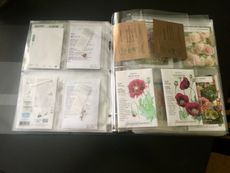
Seed Organization Tips: Space Saving Ways To Organize Seeds
Smart seed storage keeps seed at optimum temperatures and allows you to easily find the variety you need in seconds. Here's where seed organization tips can keep your seed stock well taken care of and in useful array. Click this article for more information.
By Bonnie L. Grant
-
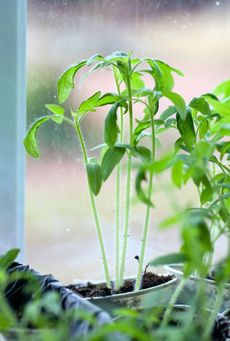
Why Are My Seedlings Leggy? What Causes Leggy Seedlings And How To Prevent It
We watch with excitement as our seedlings grow taller, only to realize that they have gotten floppy. If you are wondering what causes leggy seedlings and how to prevent them, read this article.
By Heather Rhoades
-
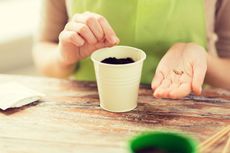
Number Of Seeds Per Hole: How Many Seeds Should I Plant In A Pot
The age-old question from beginning gardeners is often how many seeds should I plant per hole or per container. There is no standard answer. Several factors figure into seed planting numbers. Click this article for more information.
By Becca Badgett
-
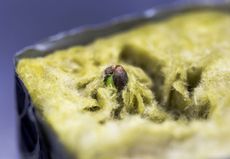
Growing In Rockwool Cubes – Is Rockwool Safe For Plants
If you're looking for a soilless substrate for seed starting, stem rooting or hydroponics, consider using rockwool growing medium. A wool-like material, rockwool for plants is easy to use and available in cubes and blocks. Learn about rockwool in this article.
By Laura Miller
